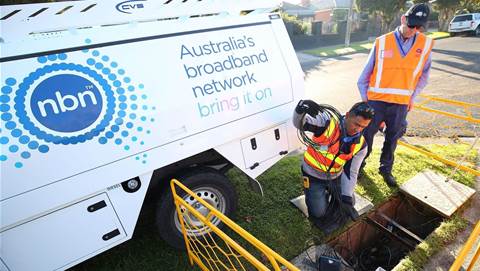The NSW government has added a computing technologies curriculum for high schoolers to help “create” the next generation of technology leaders.

This new course comes as part of the NSW Government’s ongoing delivery of what it calls the most comprehensive curriculum reform in a generation.
Minister for Education and Early Learning Sarah Mitchell said the updated curriculum ensures students are prepared for future jobs in a fast-changing digital world.
She said, “Students need to develop an understanding of essential computing skills to not only keep themselves safe in a digital world, but also to thrive in the careers of the future.
“These new syllabuses mean that right from the beginning of high school, students can learn fundamental skills in coding, cyber security and information systems for businesses.
“The curriculum has also been updated to better reflect the latest computing technologies and the expectations of industry, so that we create the next generation of tech savvy experts here in NSW.”
The new Enterprise Computing and Software Engineering syllabuses for Years 11 to 12 will also see secondary students sitting more HSC exams online in 2025.
Mitchell said the NSW Government is bringing subjects and the HSC “into the modern era” with new syllabuses that align with a fast-changing digital world.
She said, “Modernising the HSC is essential if it is to remain a world-class qualification. While currently only one subject has an exam conducted on a computer, this will be expanded to reflect the increasingly online world we are living in.”
Minister for Customer Service and Digital Government Victor Dominello said the NSW Government is committed to providing the State with the skills for the 21st century.
“We want our kids to have the world at their fingertips and this initiative will help us to build a digital workforce of the future," Dominello said.
Key features of the new syllabuses include a greater focus on cyber safety and cyber security content and closer links to learning in other subjects such as maths and science to create clearer pathways into future STEM study and careers.










 iTnews Executive Retreat - Security Leaders Edition
iTnews Executive Retreat - Security Leaders Edition












_(1).jpg&h=140&w=231&c=1&s=0)



